About Continental Airlines:
The history of Continental Airlines can be traced back to 1934, when it was named Varney Speed Lines after its founder Walter T. Varney. Varney Speed Lines was bought by Robert Six and changed its name to Continental Airlines on July 1st, 1937. In October of the same year, the headquarters moved to Denver, Colorado. During World War II in the 1940s, Continental's headquarters in Denver became a refitting center, refitting B-17 bombers and B-29 bombers for the US military. Continental's initial route network was limited to the southwestern United States. In 1953, Continental Airlines merged with Pioneer Airlines, and obtained the right to operate in 16 cities in Texas and New Mexico. In 1957, Continental Airlines flew from Chicago, Illinois to Los Angeles, California for the first time, and its route network gradually expanded. In 1958, Continental Airlines received its first jetliner-Boeing 707.
Continental Airlines moved its headquarters to Los Angeles, California in 1963. In 1968, a new painting with orange and gold lines and a black round logo on the tail rudder of the aircraft was introduced. In the 1960s, Continental Airlines transported American soldiers to Vietnam, and realized the market in the Pacific region, so it established Micronesian Airlines in Micronesia, now Continental Airlines, and has been painting the fuselage of Continental Airlines. Honolulu Airlines opened in 1969, and Continental Airlines received the first Boeing 747 in 1970. Throughout the 1970s, Continental Airlines was expanding its trans-Pacific route, and in 1977, it reached Sydney, Australia and Auckland, New Zealand.
In 1978, the United States Congress passed the "Cancellation of National Regulation of Aviation Industry Act", which set off a wave of airline merger. Continental Airlines was acquired by Texas International Airlines in 1982. After the merger, Continental Airlines got the George Bush Intercontinental Airport, one of the three hubs, and the right to fly to Mexico.
In 1983, Continental Airlines filed for bankruptcy protection in accordance with Chapter XI of the United States Federal Bankruptcy Law, and continued to operate as a low-cost carrier,LCC) after clearing its debts. Although the route in the South Pacific was kept, Continental Airlines was forced to abandon the hub airport in Los Angeles. In 1985, Continental Airlines flew from Newark Liberty International Airport and Houston George Bush Intercontinental Airport to London Gatwick Airport. These two routes brought a glimmer of life to Continental Airlines and escaped from bankruptcy protection in 1986.
In 1987, Continental Airlines purchased People Express and its Newark airport hub, making Continental Airlines the third largest airline in the United States at that time. In 1987, OnePass frequent flyer program was founded, and in 1988, Continental Airlines and SAS formed a partnership. In 1991, Continental Airlines introduced a new white and blue globe logo painting. When the Gulf War broke out in 1991, oil prices soared. Two years before the merger of People Express and Continental Airlines, it borrowed huge debts to acquire Frontier Airlines, which made Continental Airlines file for bankruptcy protection again. In 1993, Air Canada, together with Air Partners and Texas Pacific Group, injected US$ 450 million to help Continental Airlines get out of bankruptcy protection again. Continental Airlines closed its Denver hub in 1995.
In 1994, Gordon Bethune became the president of Continental Airlines and implemented drastic reforms. Gordon Bethune worked out the development strategy of "flying to win" and immediately grounded the loss-making flights. At the same time, it also put forward the goal of "winning trust" and the slogan of "working hard and flying correctly", requiring the company to maintain its leading position in the industry in four indicators: the punctuality rate of flights, the arrangement rate of luggage, the handling rate of passenger complaints and the oversold rate of seats, and advocating the evaluation standard of heroes based on performance. Continental Airlines has taken on a new look. Continental Airlines' fleet has been simplified into all Boeing aircraft.
In 2003, Continental Airlines, Delta Airlines and Northwest Airlines announced an alliance agreement.
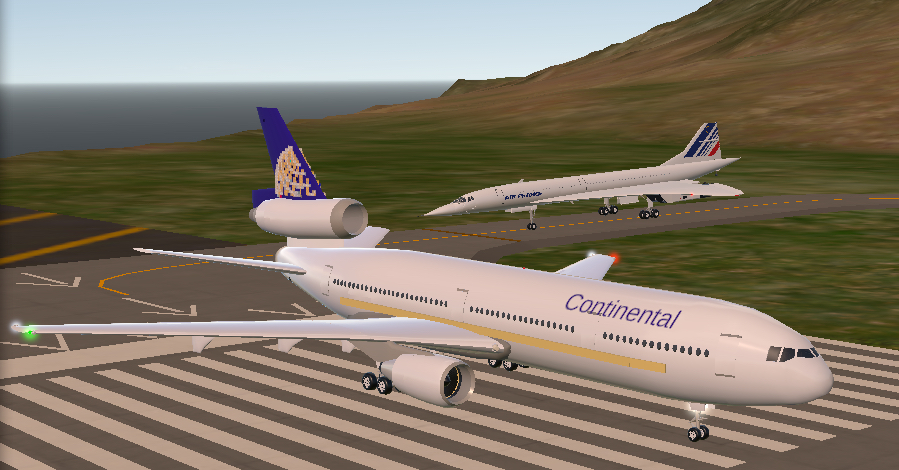
Specifications
Spotlights
- IMVICTOR 1.6 years ago
General Characteristics
- Predecessor DC 10 -30
- Created On iOS
- Wingspan 165.4ft (50.4m)
- Length 182.0ft (55.5m)
- Height 73.7ft (22.4m)
- Empty Weight N/A
- Loaded Weight 133,218lbs (60,426kg)
Performance
- Power/Weight Ratio 1.142
- Horse Power/Weight Ratio 0.033
- Wing Loading 28.3lbs/ft2 (138.4kg/m2)
- Wing Area 4,700.5ft2 (436.7m2)
- Drag Points 11186
Parts
- Number of Parts 530
- Control Surfaces 9
- Performance Cost 3,498

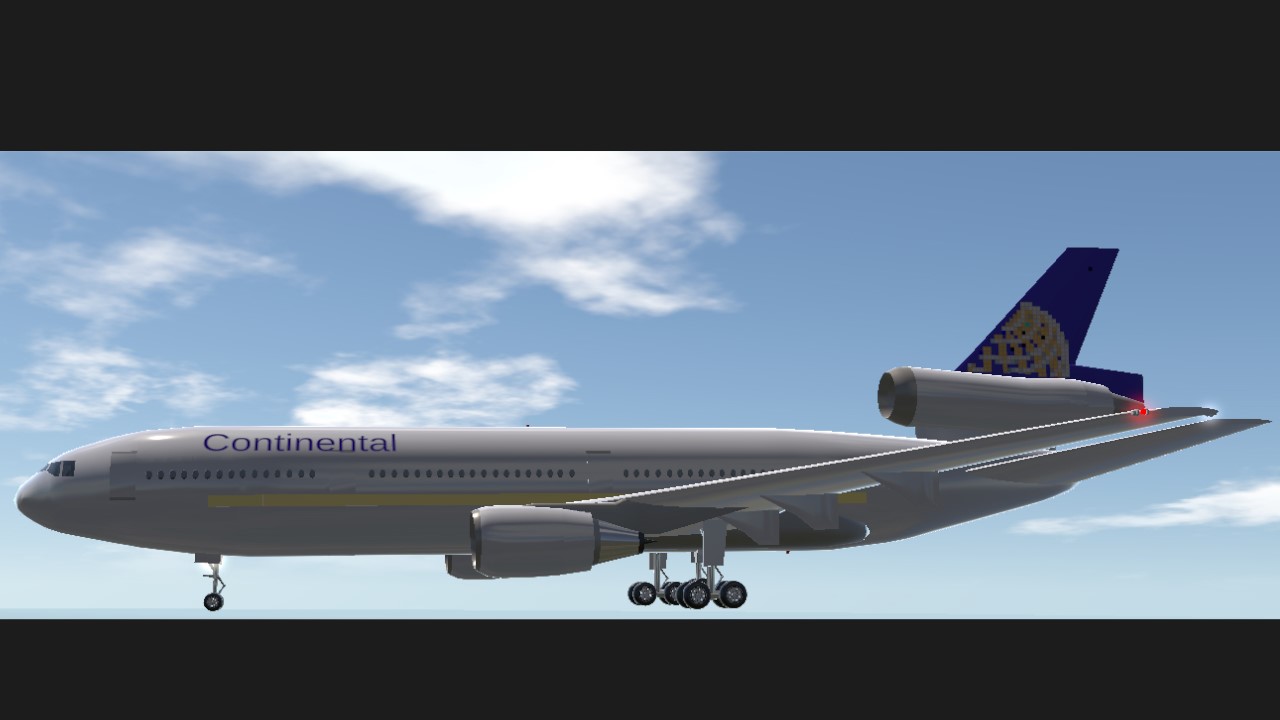
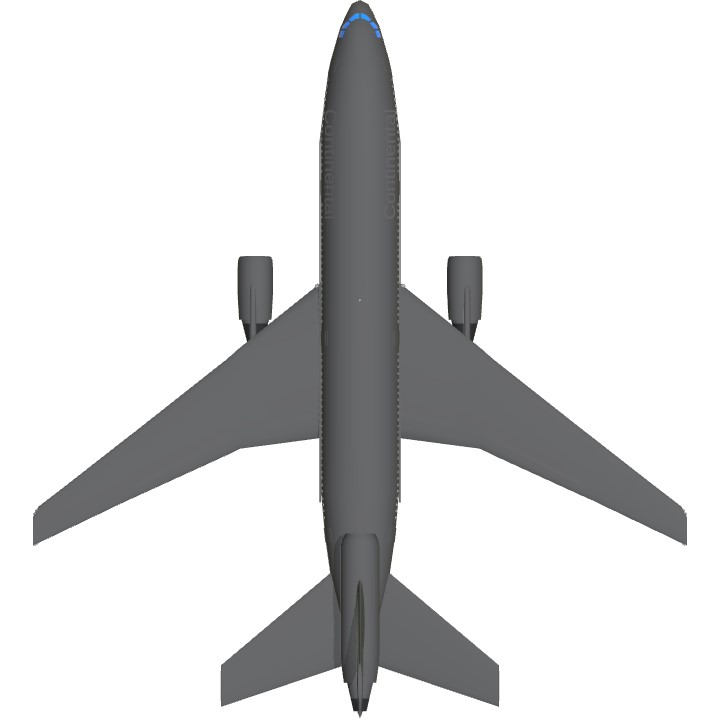
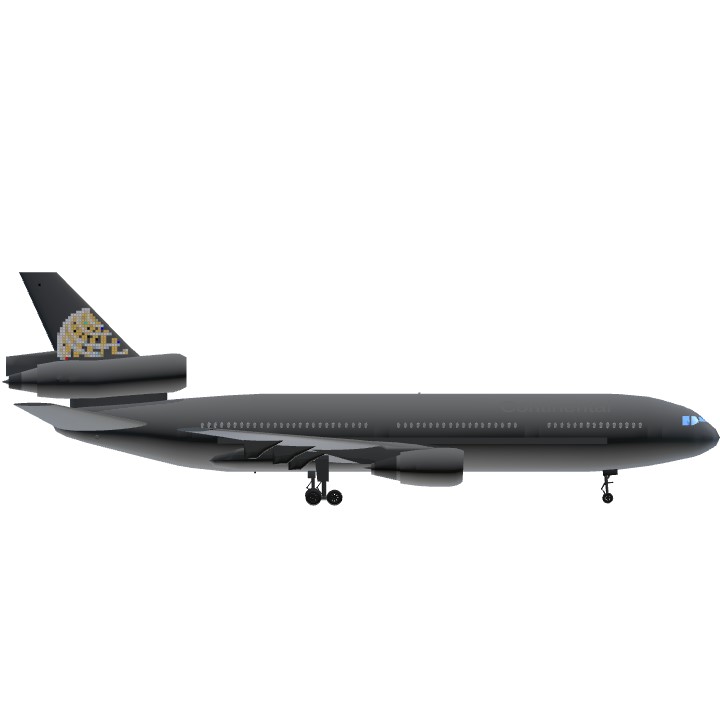
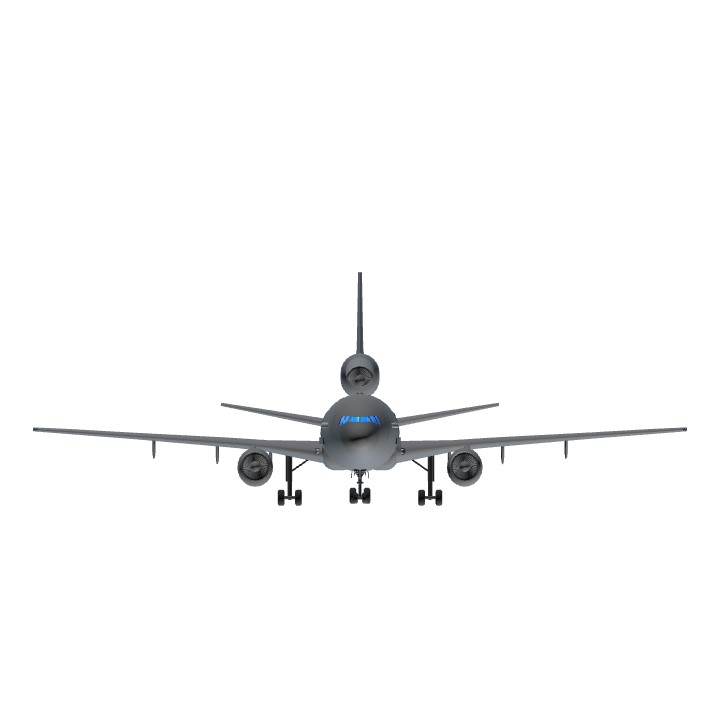
9 Out of 11
@EmpireOfSimpleplanes true
this is the plane that caused Air France 4590 to crash
@Asdfghjklxiehong
Oh concorde
金属条专机
@Asdfghjklxiehong what’s that
who can try the Contrond?
you should added flight 55
Good crash physics.